AWS Database Migration Service: A Comprehensive Guide
- Nitin Yadav
- Knowledge
About
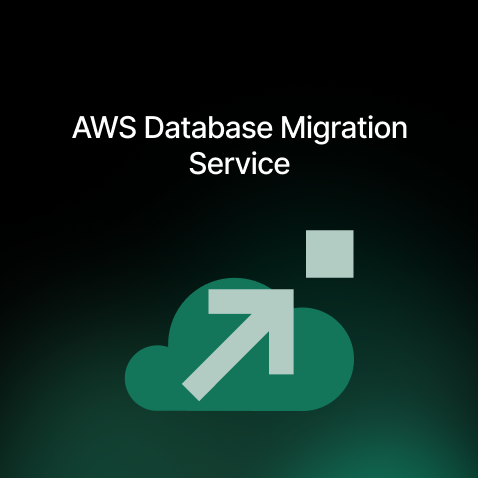
Understand amazon cloud services security essentials, from security fundamentals to best practices and utilizing AWS security tools.
Industries
- AWS, SRE
Share Via
Ever felt that migrating entire database systems would be a chore and a half if you had to do it yourself? Luckily, AWS offers a suite of services designed to simplify complex IT operations; among these is the Database Migration Service (DMS), a robust and flexible tool that streamlines the process of migrating databases to AWS.
This service is particularly valuable for organizations seeking to modernize their infrastructure and enhance their cloud performance.
Let’s see how you can use AWS’ data migration tool to effortlessly migrate to the cloud.
Understanding AWS Data Migration Services
The AWS DMS is a fully managed service that automates the migration of databases to and from various sources, including commercial and open-source databases. It simplifies the migration process by handling complex tasks such as schema conversion, data extraction, loading, and validation. Key features of the DMS include:
- Database Migration AWS DMS simplifies the complex task of migrating databases to AWS. It efficiently moves databases from on-premises or other cloud environments to AWS, minimizing downtime and operational disruption. This service supports a wide range of database engines, including Oracle, MySQL, SQL Server, PostgreSQL, and more.
- Database Engine Conversion DMS enables the conversion of databases from one engine to another. This allows organizations to modernize their database infrastructure by migrating to more advanced and performant engines like Amazon Aurora.
- By upgrading to these modern engines, organizations can significantly improve query execution speed and overall system responsiveness and reduce administrative overhead.
- Data Replication DMS facilitates real-time data replication between databases, ensuring data consistency across multiple systems. This capability is crucial for various use cases, including disaster recovery, business continuity, and data analytics.
By replicating critical data to a secondary site, DMS helps minimize data loss and service disruptions in case of failures or outages. Additionally, real-time data replication enables timely and accurate data analysis, empowering organizations to make informed decisions.
Let’s look at the various parts of the DMS now and how they work with each other.
Core Components of AWS DMS
AWS DMS relies on several key components to ensure efficient and reliable data migration and replication:
- Replication Instance A dedicated compute resource, the replication instance, manages the entire data replication process. It orchestrates the transfer of data between the source and target databases, ensuring smooth and uninterrupted operations.
- Source and Target Endpoints Source and target endpoints define the specific databases involved in the migration or replication process. These configurations include essential details such as connection information, credentials, and database schemas. By accurately defining these endpoints, DMS can accurately identify and access the relevant data.
- Change Data Capture (CDC) CDC is a critical mechanism that captures and tracks data changes at the source database. It identifies modifications, insertions, and deletions and replicates them to the target database in real-time. This ensures that the target database always reflects the latest state of the source database.
- Data Validation Data validation is a crucial step in the migration process. It involves rigorous checks to ensure data integrity and consistency between the source and target databases. DMS helps maintain data quality and reliability throughout the migration process by verifying data accuracy and completeness.
Next, let’s look at the flow of DMS and how it can help you migrate your databases easily.
How AWS DMS Works
1. Source Configuration: The user defines the source database, including its type, endpoint, and credentials.
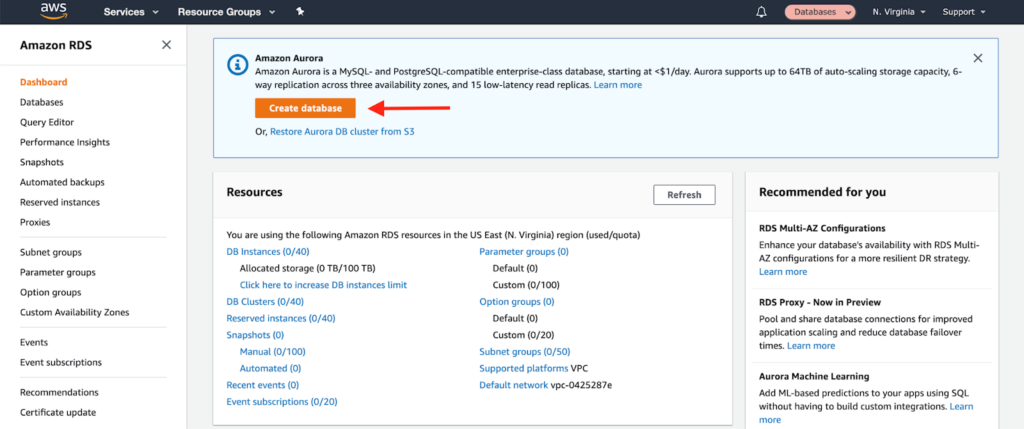
2. Target Configuration: The user specifies the target database, its type, endpoint, and credentials.

3. Replication Instance Configuration: The user configures the replication instance, specifying its instance class, storage size, and other settings.

4. Data Migration or Replication: The replication instance initiates the data transfer process, either as a one-time migration or a continuous replication.

5. Data Validation: The service validates the data at the target database to ensure accuracy and completeness.

DMS is one of the most popular migration tools that AWS provides, but are there others? Absolutely.
More AWS Migration Tools

In addition to AWS DMS, these tools can be used to streamline the migration process:
- AWS Migration Hub: A centralized service that helps plan, track, and assess migration activities.
- AWS Application Discovery Service: Discovers and documents on-premises applications, servers, and dependencies.
- Fivetran: A data integration platform that simplifies the process of moving data from various sources to cloud data warehouses.
- Dynatrace: An AI-powered application performance monitoring solution that helps optimize application performance during and after migration.
- Carbonite Migrate: A cloud-based migration solution that simplifies the migration of servers, applications, and data to AWS.
Let’s take a look at the best ways to use DMS with your cloud instance.
Best Practices for AWS DMS
In order to get the most out of AWS DMS, you need to:
- Plan Thoroughly: Develop a detailed migration plan, including timelines, resource allocation, and risk assessment.
- Assess Data and Applications: Identify the data and applications to be migrated and assess their compatibility with AWS.
- Optimize Database Performance: Tune database settings and indexes to maximize performance.
- Test Rigorously: Conduct thorough testing to identify and resolve issues before the production migration.
- Monitor and Optimize: Continuously monitor the migrated databases and optimize their performance as needed.
You may be wondering now, where exactly DMS saves you time and effort. Read on to find out!
Use Cases for AWS DMS
DMS is a powerful tool for a variety of database migration and replication scenarios. One common use case is migrating databases from on-premises environments to AWS to harness the cloud’s benefits, including cost reduction, performance optimization, and enhanced security.
DMS can also be used to convert databases to more modern and efficient engines like Amazon Aurora. DMS also enables real-time data replication to support data analytics, business intelligence, and disaster recovery strategies. It also facilitates the migration of data to AWS data warehouses for advanced analytics and valuable business insights.
SquareOps, an AWS-verified partner, used DMS and a host of other AWS migration tools to help Mathleaks, a global edtech giant, move to AWS and improve the elasticity of their servers, so that traffic could effortlessly be scaled up or down depending on demand.
We also helped Mathleaks save up to 25% on costs while making sure operations and security were still watertight.
A Partner For Cloud Migration
AWS DMS is a powerful tool that simplifies the complex process of database migration. By automating many of the manual tasks involved in migration, DMS helps organizations reduce risk, minimize downtime, and accelerate their cloud adoption journey.
But to get you to a successful cloud migration, SquareOps is here to take care of the nitty-gritty. As an AWS Advanced Tier partner certified with AWS RDS Service Delivery Designation, we ensure you face no downtime during migration and are compliant with over 20 AWS certifications. Click here to start your cloud migration with us!
Frequently asked questions
AWS Database Migration Service (DMS) is a fully managed service that makes it easy to migrate databases to AWS. It automates the complex process of migrating databases, minimizing downtime and risk.
AWS DMS offers several benefits, including:
- Ease of use: A simple, automated process.
- Minimal downtime: Seamless migration with minimal disruption.
- Cost-effective: Optimized for cost-efficiency.
Secure and reliable: Ensures data security and reliability.
AWS DMS supports a wide range of database engines, including:
- Commercial databases: Oracle, Microsoft SQL Server, IBM DB2
Open-source databases: MySQL, PostgreSQL, MariaDB, Amazon Aurora
AWS DMS uses a replication technology to capture changes from your source database and apply them to your target database on AWS. This process is automated and requires minimal configuration.
To get started, you can sign up for an AWS account and create a data transfer job. Or, simply talk to SquareOps who can do the hard work for you!
Yes, AWS Data Transfer uses industry-standard encryption methods to protect your data during transfer.
AWS Data Transfer is priced based on the amount of data transferred. You can find detailed pricing information on the AWS website.
AWS provides comprehensive support for AWS Data Transfer, including documentation, forums, and technical support. When you consult with SquareOps, our cloud support is available 24/7.
Related Posts
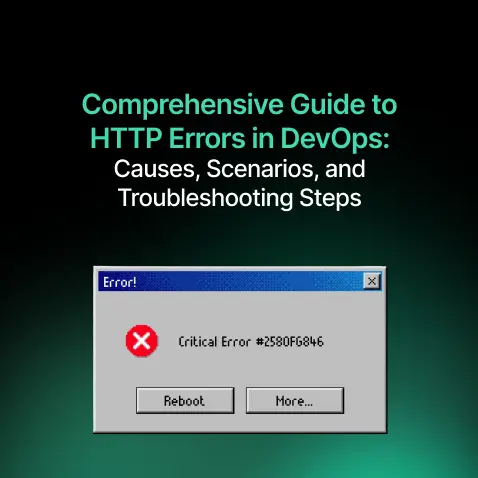
Comprehensive Guide to HTTP Errors in DevOps: Causes, Scenarios, and Troubleshooting Steps
- Blog
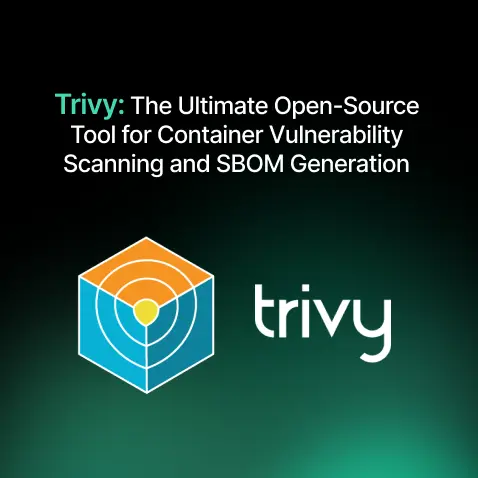
Trivy: The Ultimate Open-Source Tool for Container Vulnerability Scanning and SBOM Generation
- Blog
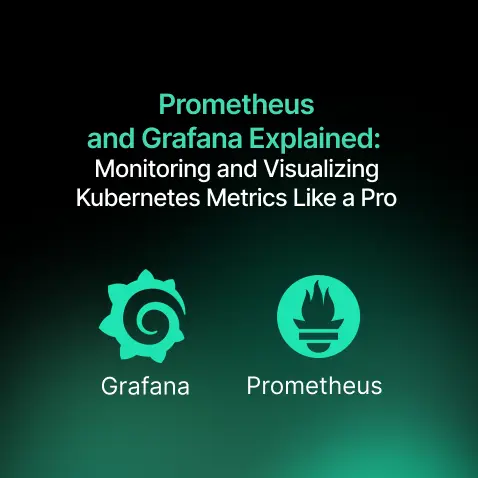
Prometheus and Grafana Explained: Monitoring and Visualizing Kubernetes Metrics Like a Pro
- Blog
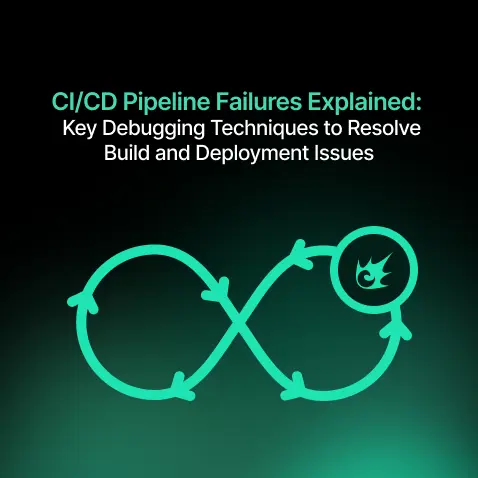
CI/CD Pipeline Failures Explained: Key Debugging Techniques to Resolve Build and Deployment Issues
- Blog

DevSecOps in Action: A Complete Guide to Secure CI/CD Workflows
- Blog

AWS WAF Explained: Protect Your APIs with Smart Rate Limiting
- Blog

